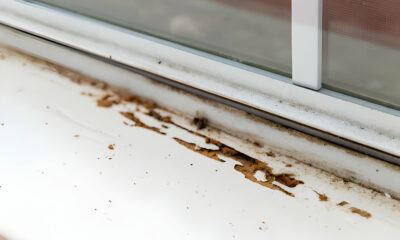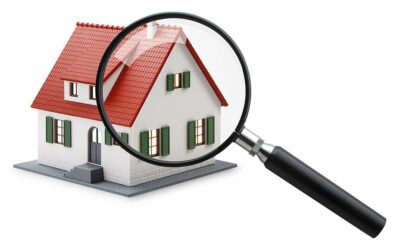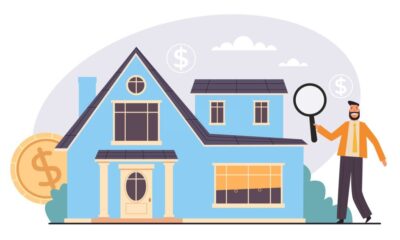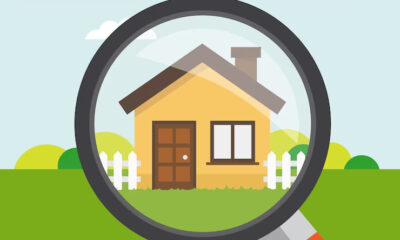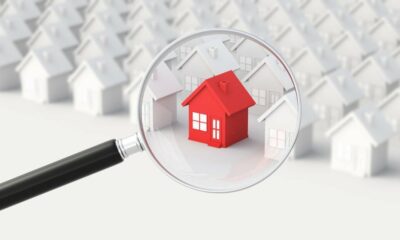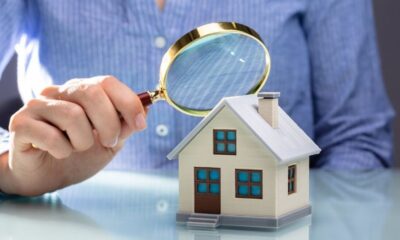Business
The Impact of a Home Inspection on Your Home’s Safety
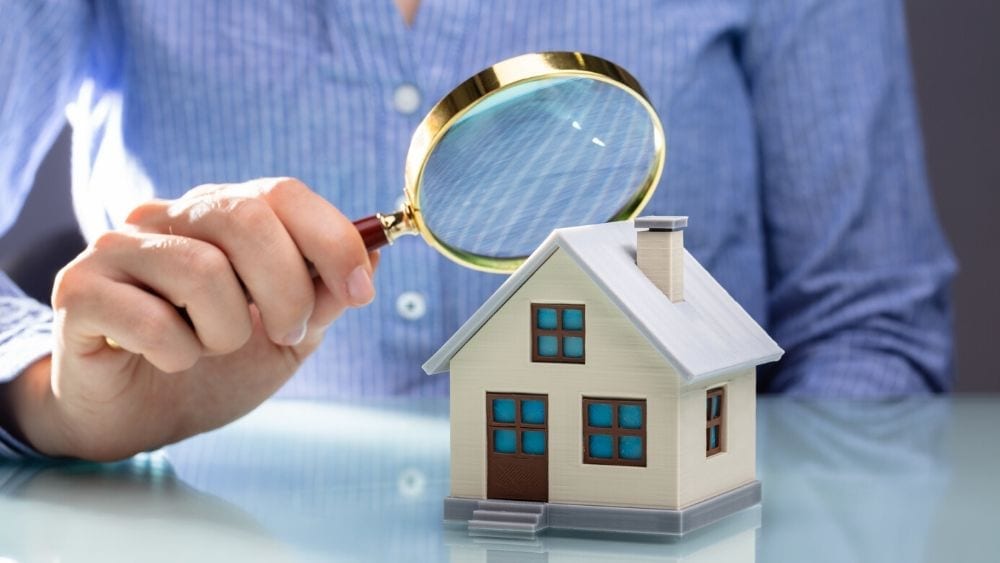
Introduction
A home inspection is a crucial step in the process of buying or selling a home. Beyond assessing the property’s condition and identifying potential issues, a thorough home inspection plays a significant role in ensuring the safety of the home’s occupants. In this comprehensive guide, we’ll explore the impact of a home inspection on your home’s safety, examining the importance of safety considerations during the inspection process and the role of inspections in preventing hazards and promoting peace of mind for homeowners.
Understanding the Importance of Home Safety
Prioritizing Safety in the Home
Safety should always be a top priority in any home environment. Whether you’re a homeowner, renter, or landlord, creating a safe living environment is essential for protecting yourself, your family, and your property. From electrical hazards to structural weaknesses, various factors can compromise the safety and well-being of occupants if left unchecked.
Legal and Ethical Responsibilities
Property owners and landlords have legal and ethical responsibilities to ensure the safety of their premises and comply with building codes, regulations, and safety standards. Failure to address safety hazards or maintain a safe living environment can result in legal liabilities, fines, or penalties. Additionally, neglecting safety concerns can lead to accidents, injuries, or property damage, impacting both occupants and the surrounding community.
Peace of Mind for Occupants
A safe and secure home provides peace of mind for occupants, allowing them to relax, thrive, and enjoy their living space without fear or worry. Knowing that the home has been thoroughly inspected and is free from significant safety hazards or defects enhances the overall quality of life and satisfaction for homeowners and renters alike.
The Impact of a Home Inspection on Home Safety
Identifying Safety Hazards
One of the primary purposes of a Home Inspection Jacksonville FL is to identify safety hazards and potential risks that may compromise the safety of the home’s occupants. During the inspection process, the inspector systematically evaluates various aspects of the property, including its structural integrity, electrical systems, plumbing, heating, and ventilation, for any signs of safety concerns or deficiencies.
Evaluating Structural Integrity
A home inspection assesses the structural integrity of the property, including its foundation, walls, roof, and load-bearing components. Structural deficiencies such as cracks, settlement, or deterioration can pose significant safety risks, jeopardizing the stability and safety of the entire structure. Identifying these issues early allows homeowners to address them promptly and prevent further damage or structural failure.
Assessing Electrical Systems
Electrical systems are a common source of safety hazards in homes, with issues such as outdated wiring, overloaded circuits, and faulty connections posing risks of electrical fires, shocks, or electrocution. During the inspection, the inspector evaluates the condition of the electrical panel, wiring, outlets, switches, and fixtures to ensure compliance with safety standards and identify any potential hazards that require attention.
Inspecting Plumbing and Water Systems
Plumbing and water systems are critical components of a home, and issues such as leaks, corrosion, or improper installation can lead to water damage, mold growth, or contamination. A home inspection examines the plumbing system, including pipes, fixtures, drains, and water heaters, to detect any leaks, defects, or deficiencies that may compromise the safety and functionality of the system.
Checking Heating and Ventilation Systems
Proper heating and ventilation are essential for maintaining a comfortable and healthy indoor environment and preventing issues such as carbon monoxide poisoning or indoor air pollution. During the inspection, the inspector evaluates the condition of the heating system, ventilation, and exhaust systems to ensure they are functioning safely and efficiently and identify any issues that may require repair or maintenance.
Testing Smoke and Carbon Monoxide Detectors
Smoke and carbon monoxide detectors are critical life-saving devices that alert occupants to the presence of fire or dangerous levels of carbon monoxide gas. As part of the inspection, the inspector tests the functionality of these detectors to ensure they are properly installed, operational, and compliant with local building codes and safety standards.
Reviewing Safety Features and Accessibility
In addition to identifying specific safety hazards, a home inspection evaluates the property’s overall safety features and accessibility, including handrails, guardrails, stairways, and emergency exits. Ensuring that these features are in good condition and meet safety requirements is essential for preventing accidents, falls, and injuries, particularly for young children, elderly occupants, or individuals with disabilities.
Preparing for a Home Inspection with Safety in Mind
Communicating Safety Concerns
Before the inspection, homeowners should communicate any known safety concerns or issues to the inspector to ensure they receive proper attention during the examination. This may include mentioning previous incidents, repairs, or maintenance work related to safety hazards such as electrical problems, water damage, or structural issues.
Addressing Immediate Safety Hazards
If the home has any immediate safety hazards or emergencies, such as exposed electrical wiring, gas leaks, or structural damage, homeowners should address these issues promptly before the inspection. Ensuring the safety of the inspector and preventing further damage or risks to the property is paramount.
Following Up on Inspection Findings
After the inspection, homeowners should review the inspector’s findings and recommendations regarding safety concerns or deficiencies. Addressing these issues promptly and hiring qualified professionals to perform necessary repairs or maintenance helps maintain a safe and secure living environment for occupants.
Implementing Preventive Maintenance Measures
In addition to addressing immediate safety hazards, homeowners should implement preventive maintenance measures to minimize future safety risks and ensure the ongoing safety of the home. This may include regular inspections, maintenance, and repairs of critical systems and components, as well as installing safety devices such as smoke detectors, carbon monoxide alarms, and fire extinguishers.
Conclusion
A home inspection plays a crucial role in safeguarding the safety and well-being of a home’s occupants by identifying potential hazards, deficiencies, and risks that may compromise their safety. By evaluating the property’s structural integrity, electrical systems, plumbing, heating, ventilation, and safety features, inspectors help homeowners identify and address safety concerns proactively. Investing in a thorough home inspection not only promotes peace of mind but also ensures a safe and secure living environment for homeowners and their families. Whether buying, selling, or maintaining a home, prioritizing safety considerations during the inspection process is essential for protecting one’s most valuable asset: their home.
-
Blog1 year ago
MyCSULB: Login to CSULB Student and Employee Portal – MyCSULB 2023
-
Android App3 years ago
Cqatest App What is It
-
Android1 year ago
What Is content://com.android.browser.home/ All About in 2023? Set Up content com android browser home
-
Software2 years ago
A Guide For Better Cybersecurity & Data Protection For Your Devices
-
Latest News2 years ago
Soap2day Similar Sites And Alternatives To Watch Free Movies
-
Android2 years ago
What is OMACP And How To Remove It? Easy Guide OMACP 2022
-
Android3 years ago
What is org.codeaurora.snapcam?
-
Business2 years ago
Know Your Business (KYB) Process – Critical Component For Partnerships

